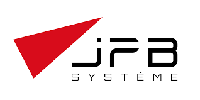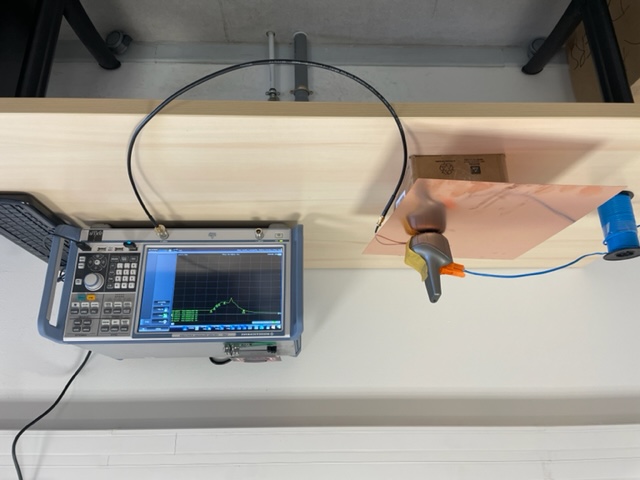
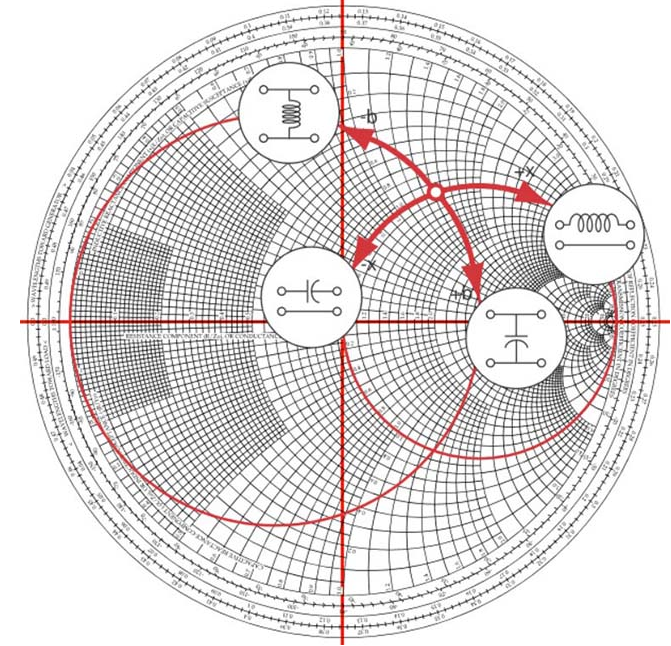
Whatever the efforts made during the design of an antenna and/or the precautions taken for its integration, it is always necessary to go through a prototyping phase, to empirically check, by measurement, the quality of its impedance matching and the effectiveness of its radiation in the useful frequency band, and this, in the different product installation configurations (freestanding, wall support, metal support, human body, orientations…depending on your application).
Depending on the constraints of the product and/or its operation (corrosive environment requiring coating, compact product ...etc.), it is sometimes necessary to adjust the resonance frequency of the antenna, either by working directly on the antenna and/or its integration environment (the product!), or using an external impedance matching network, to include on the electronic board/PCB, with the appropriate topology and required components.
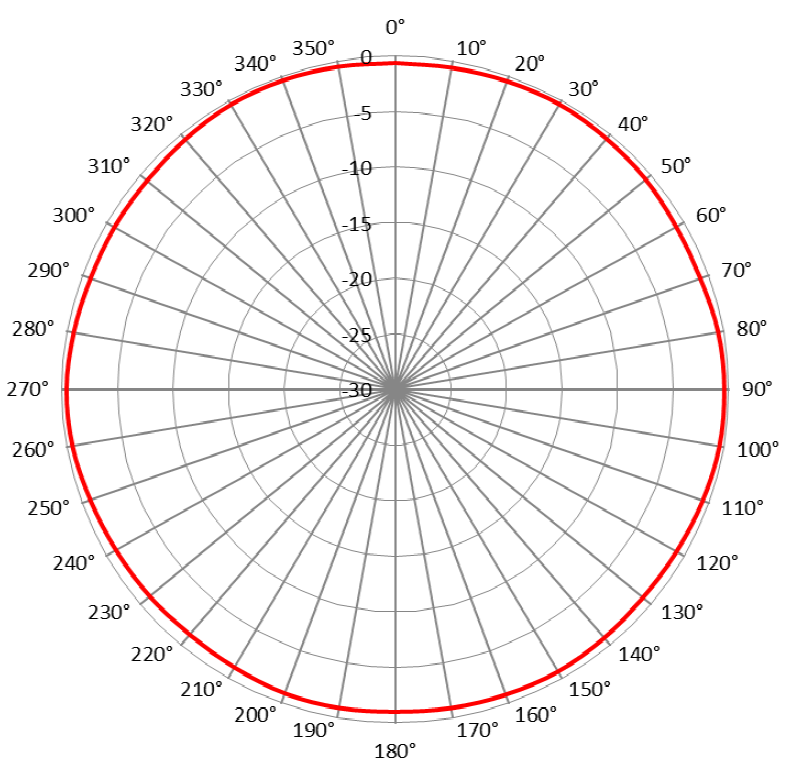
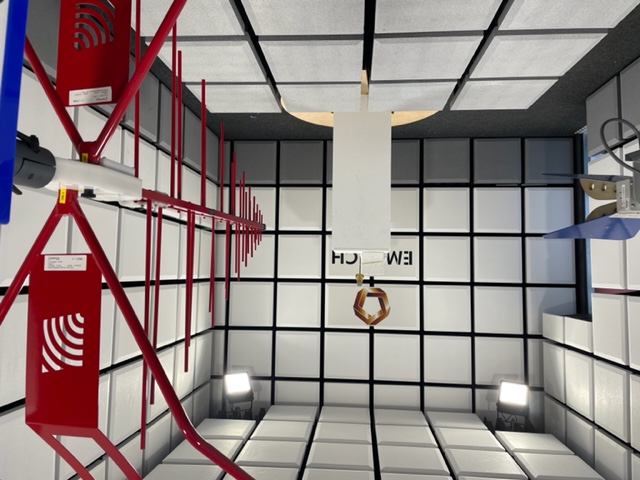 The impedance matching network of an antenna is done initially by measurements in conduit way, in order to ensure that the energy is indeed transmitted efficiently from the transmitter to the antenna. Once the antenna impedance has been matched to the useful frequency band, the efficiency of its radiation is measured in an antenna.
The impedance matching network of an antenna is done initially by measurements in conduit way, in order to ensure that the energy is indeed transmitted efficiently from the transmitter to the antenna. Once the antenna impedance has been matched to the useful frequency band, the efficiency of its radiation is measured in an antenna.
After all, this is the whole point of an antenna ! radiate energy efficiently in the air, while ensuring compliance with applicable certification standards.

















